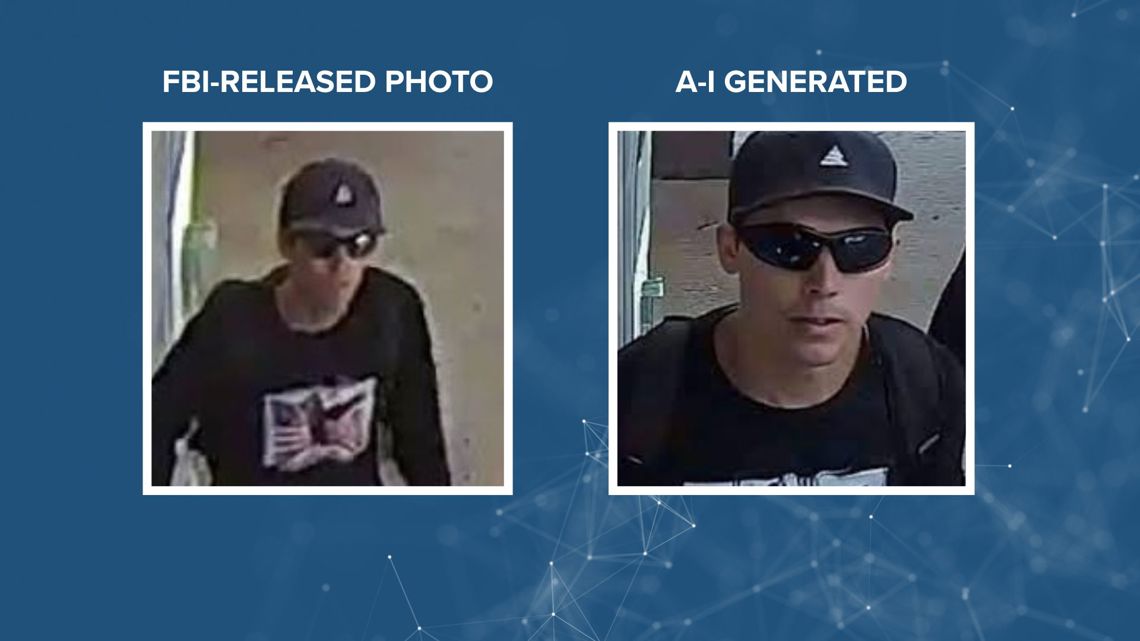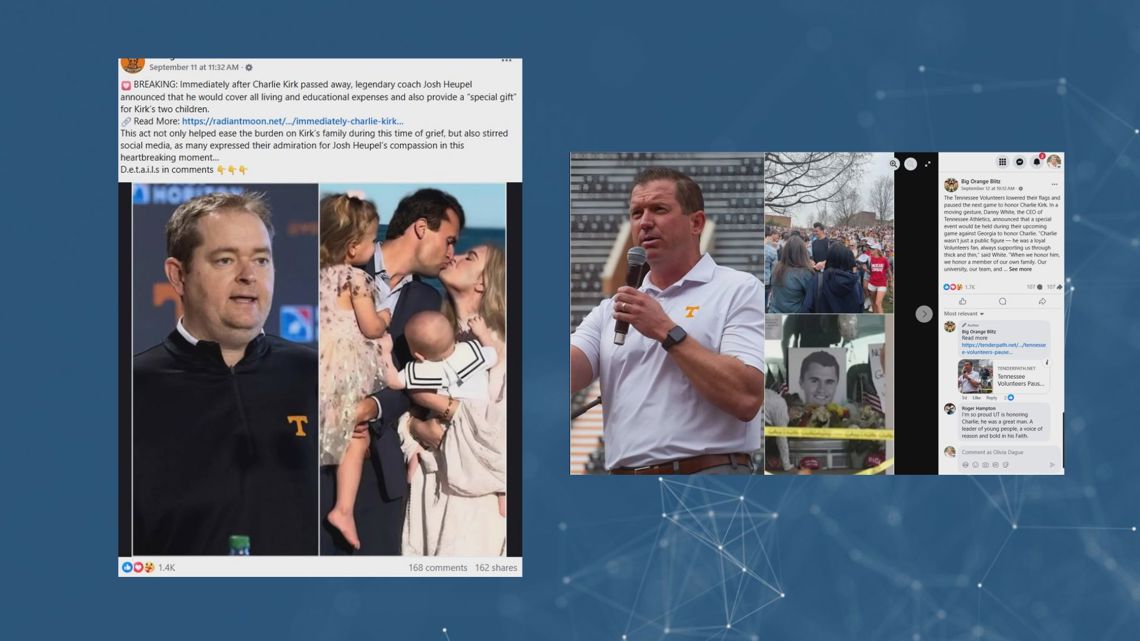Developer Offer
Try ImaginePro API with 50 Free Credits
Build and ship AI-powered visuals with Midjourney, Flux, and more — free credits refresh every month.
How AI and Emotions Fuel The Spread of Fake News
In the wake of high-profile events, our social media feeds often become a battleground between fact and fiction. The tragic death of conservative activist Charlie Kirk recently highlighted a growing problem: the rapid spread of misinformation supercharged by artificial intelligence and our own human psychology.
Experts are now dissecting how these elements combine to create a perfect storm, causing people to share unverified information before taking a moment to think critically.
The Dangers of Trusting AI Unconditionally
Mustafa Oz, an associate professor at the University of Tennessee's College of Journalism and Media, emphasizes that while AI can be a powerful tool, its misuse poses a significant threat. The core issue isn't just the technology itself, but our relationship with it.
"Researchers are finding that the real danger is not just the technology itself, but how it is used and how people respond to it," Oz stated. "People tend to trust machines and AI tools too much, assuming they're always correct and accurate."
This over-reliance was on full display when an AI-generated image of the alleged assassin, Tyler Robinson, went viral. After the FBI released a blurry official photo, social media users quickly spread a much clearer, but entirely fake, AI-created version.

Why We Share Before We Think
What compels us to hit 'share' so quickly? According to experts, it's a mix of urgency, trust, and emotion.
"People tend to share this kind of content without double checking because they feel it is urgent," Oz explained. We also place a high degree of trust in our immediate circles. "We tend to follow like-minded others. Our family members, our friends, and we tend to trust them. We do not really question what they shared on social media."
Al Tompkins, a journalist with the Poynter Institute, agrees, noting that misinformation spreads most effectively when emotions are running high.
"At times of disinformation, it's vitally important that we remind ourselves, when you get emotional, stop, just stop," Tompkins advises. "Remember that somebody is being influenced by you. You may not know it, you may not even believe it."
Fakes in the Wild From Suspects to Celebrities
The fake suspect photo was just the beginning. Other manipulated content that circulated included a synthetic image of Dolly Parton hugging Erika Kirk and real photos of UT Athletic Director Danny White and Head Football Coach Josh Heupel attached to completely fabricated stories.

Tompkins points out that public figures are prime targets. "Celebrities often become victims of these kinds of fakes, because when you see someone that you really admire, you're likely to want to listen to them," he said.
A Checklist to Combat Misinformation
To help people navigate this complex digital landscape, Tompkins provided a simple yet effective checklist. Before you share, ask yourself these three questions:
- Who captured it or posted it?
- Why would someone profit by circulating it?
- Would I be willing to be open to another version of this that doesn't align with what I want it to be?
By pausing to reflect on these questions, you can become a more responsible digital citizen.
How You Can Help Verify Information
Local news outlets are also a resource in the fight against misinformation. For instance, WBIR encourages its audience to help verify photos and posts. If you see something questionable, you can send pictures or posts to them at newstips@wbir.com for verification.
Compare Plans & Pricing
Find the plan that matches your workload and unlock full access to ImaginePro.
| Plan | Price | Highlights |
|---|---|---|
| Standard | $8 / month |
|
| Premium | $20 / month |
|
Need custom terms? Talk to us to tailor credits, rate limits, or deployment options.
View All Pricing Details

